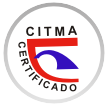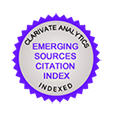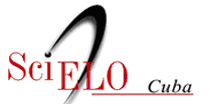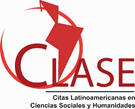Predictive models of social innovation in social economy initiatives: evidence from Ecuador
Abstract
The present study aims to identify the predictors of social innovation in social economy initiatives in the city of Ibarra, Ecuador. Three types of organizations were considered, with 71 entities identified and grouped into three segments: savings and credit organizations, transportation services, and associations and production. For the analysis, three representative units from each typology were selected based on their sectoral characteristics. A two-phase data collection approach was employed: first, a pilot study was conducted to develop the scale, followed by the final analysis. The reliability of the instrument was assessed using Cronbach's Alpha, yielding a satisfactory value. Additionally, the Kolmogorov-Smirnov normality test was applied. Pearson correlation revealed significant relationships between the studied variables, with social value for customers showing the strongest correlation with social innovation. The stepwise multiple regression analysis indicated that innovation climate and social value for customers are the most robust predictors. The study highlights the importance of social capital, noting that organizations fostering solidarity and strong social relationships tend to have a greater positive impact on their clients' living conditions. Furthermore, social enterprises, by assuming financial risks, seek to generate significant social value in their communities.
Keywords:
Social innovation, Social economy initiatives, Multiple regression, Social capital, Pearson correlation.
Downloads
Published
How to Cite
Issue
Section
License
Copyright (c) 2024 Editorial "Universo Sur"

This work is licensed under a Creative Commons Attribution-NonCommercial-NoDerivatives 4.0 International License.
La editorial "Universo Sur", de la Universidad de Cienfuegos, publica el contenido de la Revista "Universidad y Sociedad" bajo una Licencia Creative Commons Atribución-NoComercial-SinDerivar 4.0 Internacional.
© Podrá reproducirse, de forma parcial o total, el contenido de esta publicación, siempre que se haga de forma literal y se mencione la fuente.










